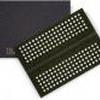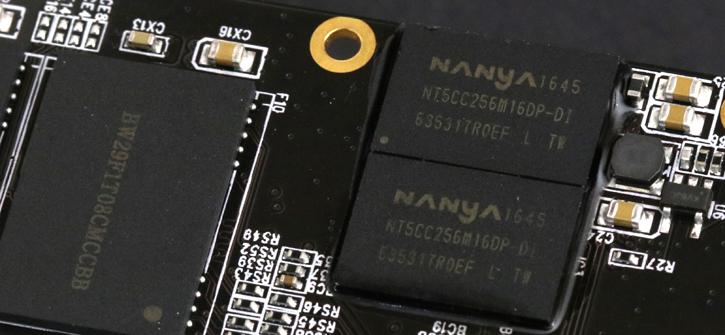That DRAM and prices have been too high for over a year now we know, we always blamed low availability and demand for this. However, China’s economic regulator is paying close attention to a recent surge in the price of mobile phone storage chips and could look into possible price fixing.
A newspaper, citing an official with the National Development and Reform Commission’s Pricing Supervision Department, said the NDRC was alerted to the situation after a sharp rise in the price of chips over the last 18 months, reports reuters:
“We have noticed the price surge and will pay more attention to future problems that may be caused by ‘price fixing’ in the sector,” the official Xu Xinyu was quoted as saying. The newspaper added that the official referred to possible coordinated action taken by a number of firms to gain maximum profits by pushing the price of the product as high as possible.
A “super-cycle” of tight supply and soaring demand for memory chips, which power servers and smartphones, has been driving up prices and profits at chipmakers such as Samsung Electronics Co Ltd and SK Hynix Inc which control the lion’s share of the global market.
The NDRC has spoken to Samsung, the China Daily reported, citing Wang Yanhui, the secretary-general of the Mobile China Alliance, who the paper said had knowledge of the matter. The paper did not provide further details.
Mobile China Alliance is an industry association that has more than 30 mobile phone companies as members. Wang said it was too early to predict what further measures could be taken but that the government could look at penalties issued by other countries if makers were found to be engaging in such any price fixing.
Samsung and SK Hynix declined to comment. Chinese firms have the capability to produce traditional 2D NAND chips, but analysts said the technology transfer needed for such firms to produce the more premium 3D NAND chips made by the likes of Samsung is taking longer than expected. This, along with demand from fast-growing Chinese smartphone makers such as Xiaomi and Oppo, has caused the average spot price for mainstream DRAM chips to surge by more than half over the past one year while prices for NAND flash chips rose 32 percent, according to research firm TrendForce.
“China is the biggest smartphone manufacturer ... so of course China wants to pay more attention and play a more important role in the whole industry,” said Hattie He, Shanghai-based analyst at research firm Canalys.
“Memory is one of the key components for smartphones so it makes sense that Chinese vendors want to have more capabilities to control these components,” she said.
Reporting by Brenda Goh; Additional Reporting by Joyce Lee and Cate Cadell; Editing by Himani Sarkar and Christopher Cushing.
China regulator Monitors DRAM and NAND Price Fixing


